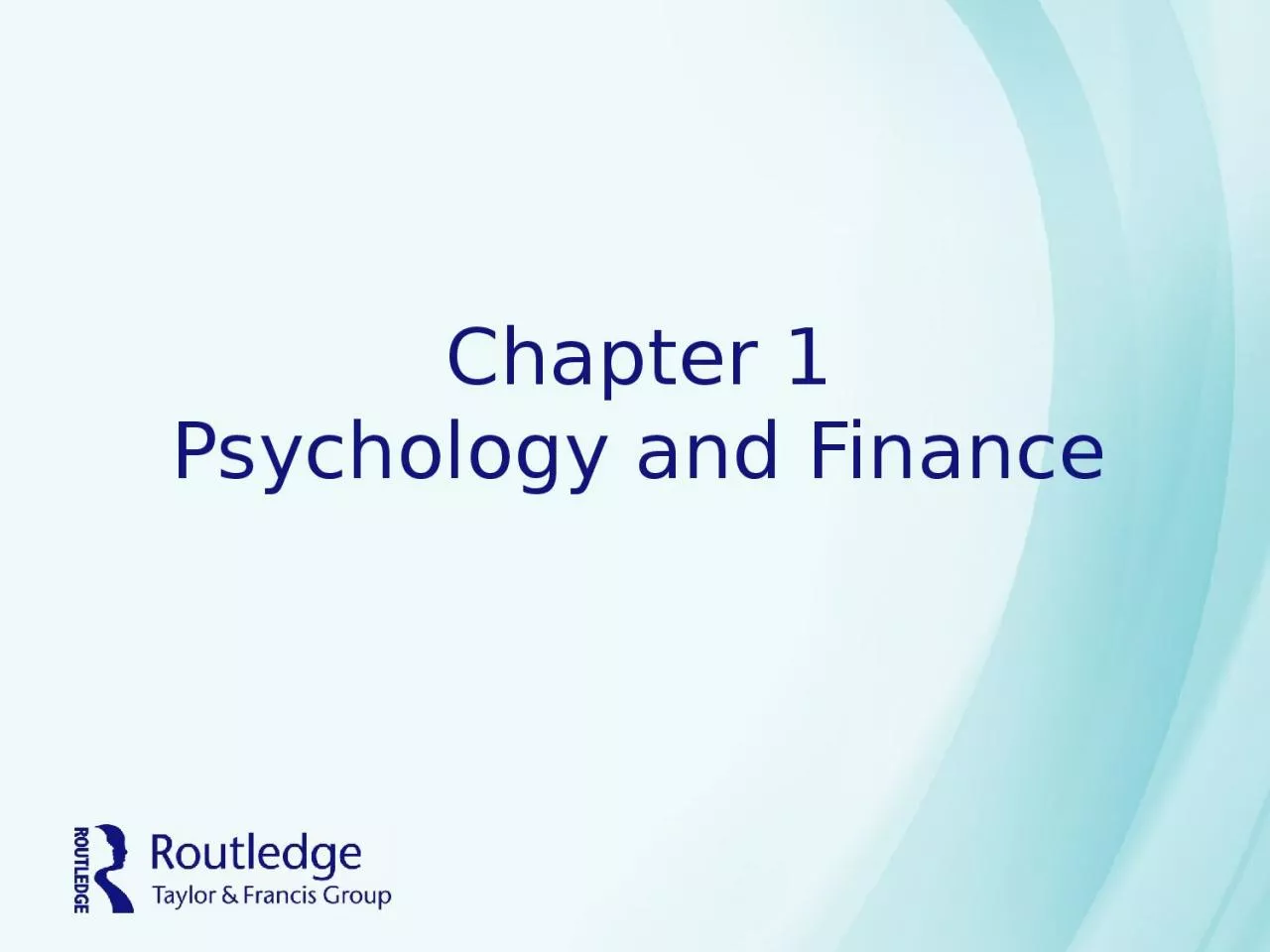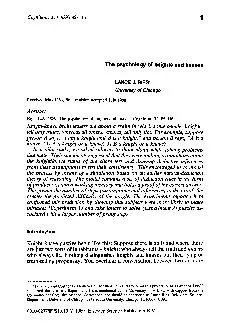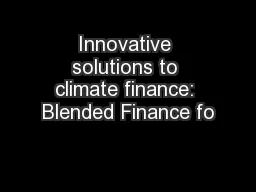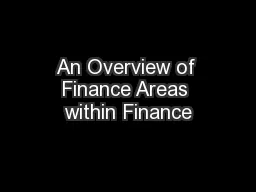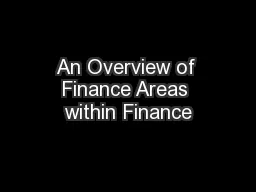PPT-Chapter 1 Psychology and Finance
Author : edolie | Published Date : 2023-06-21
Academics and Traditional Finance Investors Behave Rationally Complete Exploitation of Information Sound Reasoning People are Unbiased in Their Predictions About
Presentation Embed Code
Download Presentation
Download Presentation The PPT/PDF document "Chapter 1 Psychology and Finance" is the property of its rightful owner. Permission is granted to download and print the materials on this website for personal, non-commercial use only, and to display it on your personal computer provided you do not modify the materials and that you retain all copyright notices contained in the materials. By downloading content from our website, you accept the terms of this agreement.
Chapter 1 Psychology and Finance: Transcript
Download Rules Of Document
"Chapter 1 Psychology and Finance"The content belongs to its owner. You may download and print it for personal use, without modification, and keep all copyright notices. By downloading, you agree to these terms.
Related Documents

